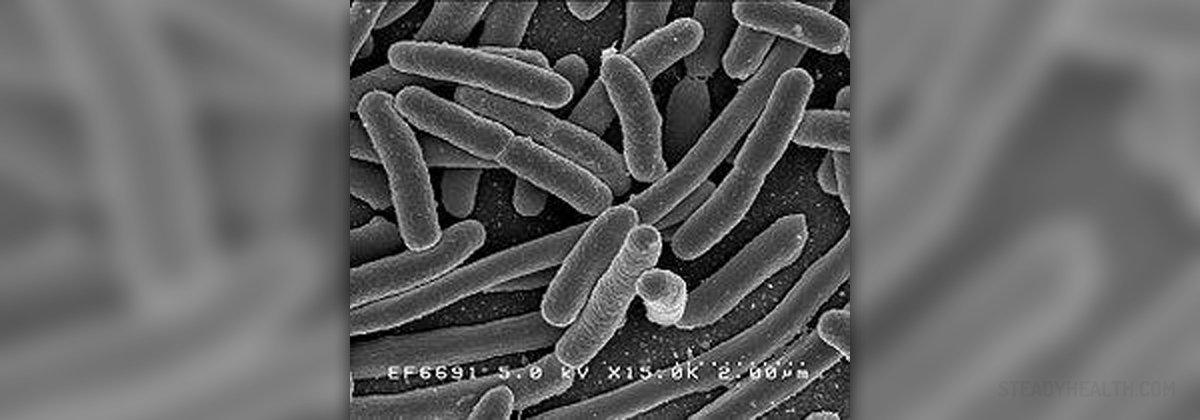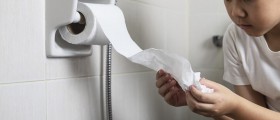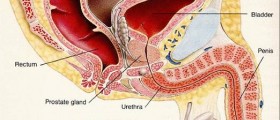
Most urinary tract infections are caused by bacteria that invade the urinary tract, usually through the urethra. The urinary tract consists of the kidneys, ureters, bladder and urethra. Any of these parts can be affected by an infection. However, the lower part, which includes the bladder and the urethra, are the most susceptible ones.
Bladder infection is called cystitis while the kidney infection, which is considered to be more serious and less common, is called pyelonephritis.
Human urine is completely sterile. It is made of water, salts and waste materials and, in normal circumstances, it does not contain any microorganisms. However, the bacteria can enter the urinary tract rather easily, usually migrating from the anus to the urethra. E. coli is the most common intestinal bacteria that infects the urinary tract through the urethra.
Urinary tract infections or UTIs are common among children and girls are more susceptible to them, especially around the toilet teaching age. This is because urethra in women is much shorter and located closer to the anus.
Certain risk factors increase the probability of UTIs in chidren, such as poor hygiene habits, structural abnormalities and family history or UTIs.
Symptoms of urinary tract infections in children
Signs and symptoms of UTIs in children vary depending on the child’s age and the part of the urinary tract that is affected. In babies and younger children, the symptoms are usually general and include fatigue, irritability, loss of appetite, nausea, vomiting, incontinence and diarrhea. In some cases the only symptom is an unexplained fever.
More specific symptoms of UTIs include burning, itching or pain when urinating, frequent urge to urinate, bed-wetting, lower back and lower abdomen pain, urine that smells bad and has traces of blood in it.
Prevention of urinary tract infections
In infants and toddlers, urinary tract infections can be prevented by frequently changing the diapers, even if they are not wet or soiled. This is because the diapers make a very favorable breeding ground for the bacteria.
Once a child learns about toilet habits, it is important to practice good hygiene regarding wiping and similar. For girls, it is very important to learn to wipe from front to rear, not the other way round, in order to avoid transferring the bacteria from the rectal area.
It is also important to teach the children not to hold it in and to go to the bathroom whenever they feel the urge to urinate. This is because when the urine stays in the bladder for too long, it becomes more susceptible to bacterial contamination.

















Your thoughts on this
Loading...